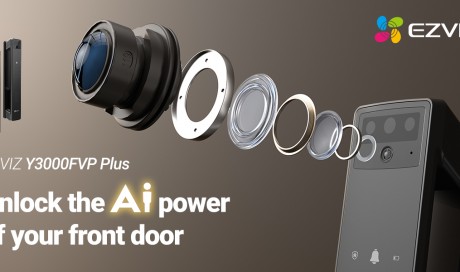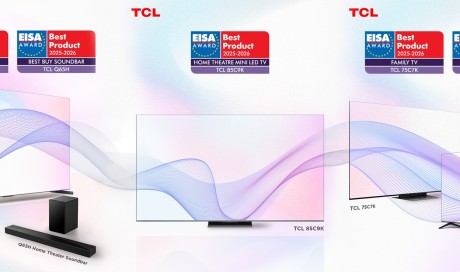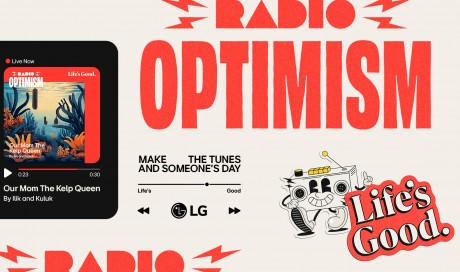How Do 3D Glasses Work?
For many years, scientists have known that different colors enter the eyes in waves of different speeds and intensities – their individual wavelengths. The shortest wavelength of visible light is violet (with the wavelength even shorter than that being the invisible ultraviolet or UV), and the longest wavelength of visible light is red (with the wavelength longer than that being the invisible infra-red). When looking at 3D imaging, scientists began to work with different colors to enhance these images.
During their investigations, they found that using glasses with two different colored filters stopped the eyes from merging the two separate dimensions or images together to create one full image. Instead, the filters only allow one image to enter each eye, and the eyes layer these two on top of each other to create more depth to the image. This is why our 3D glasses normally have one red and one blue lense.
Technological Advancement
3D colored lense glasses were the first major breakthrough when it came to 3D imaging and 3D movies, and are still used today. However, science is constantly trying to better itself and have realized that there may be a better, and easier way to see in 3D. Many theme parks, like Disney World, and most cinemas screening 3D films, have now adopted a new system to allow their visitors to be part of their 3D movies and experiences. Instead of using the color lenses, they are now using polarized lenses as they offer enhanced colors, brightness, and vibrancy. In this instance, two projectors show two views and directions of an image onto the movie screen – but both of them have a different polarization to the other. The glasses given to the audience have themselves got lenses with different polarizations to each other. Because of this, each eye will only see each respective polarization, leading to a 3D image.
.jpg)
Share This Post













